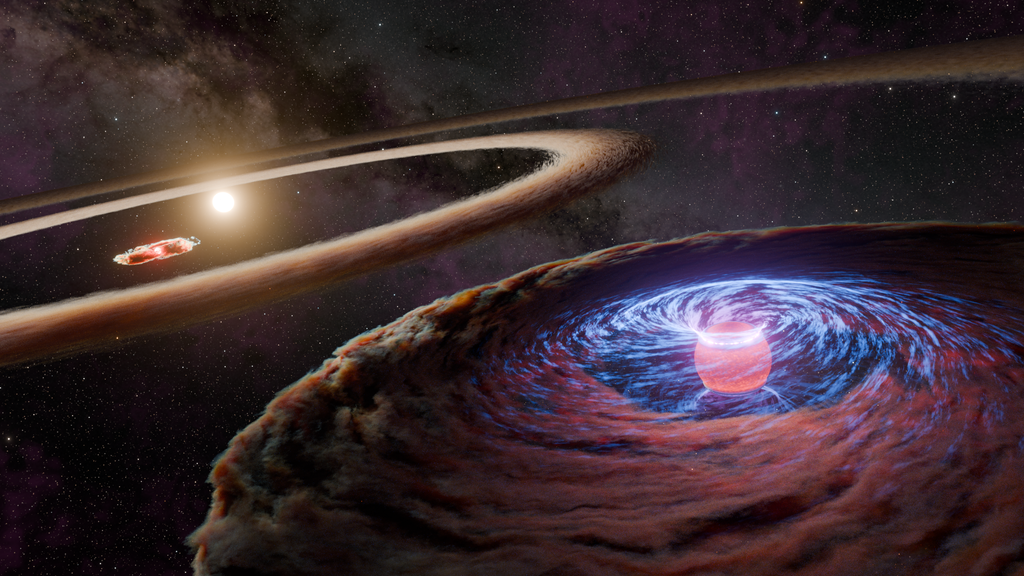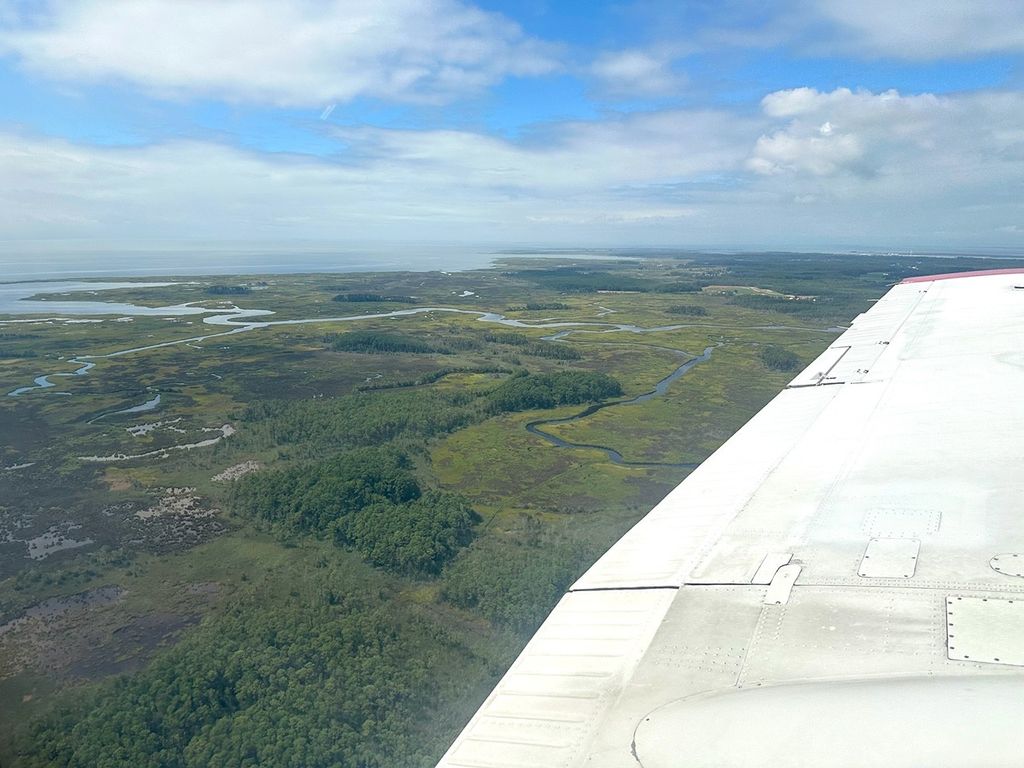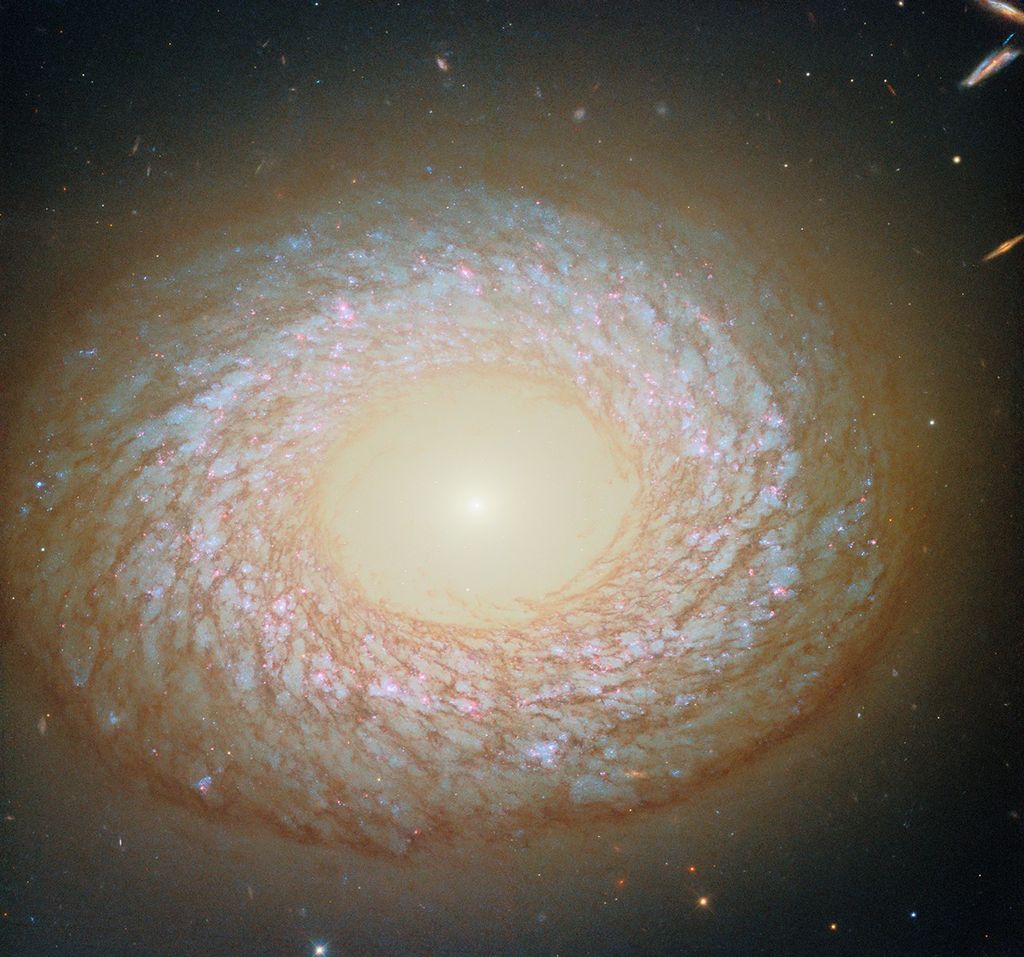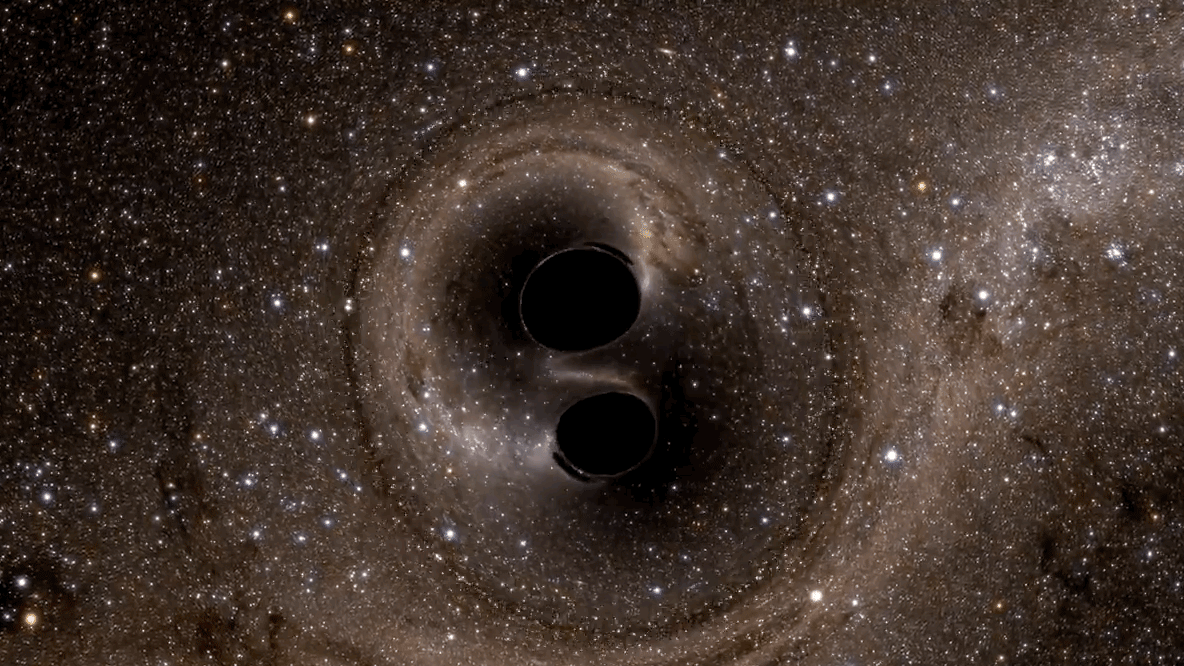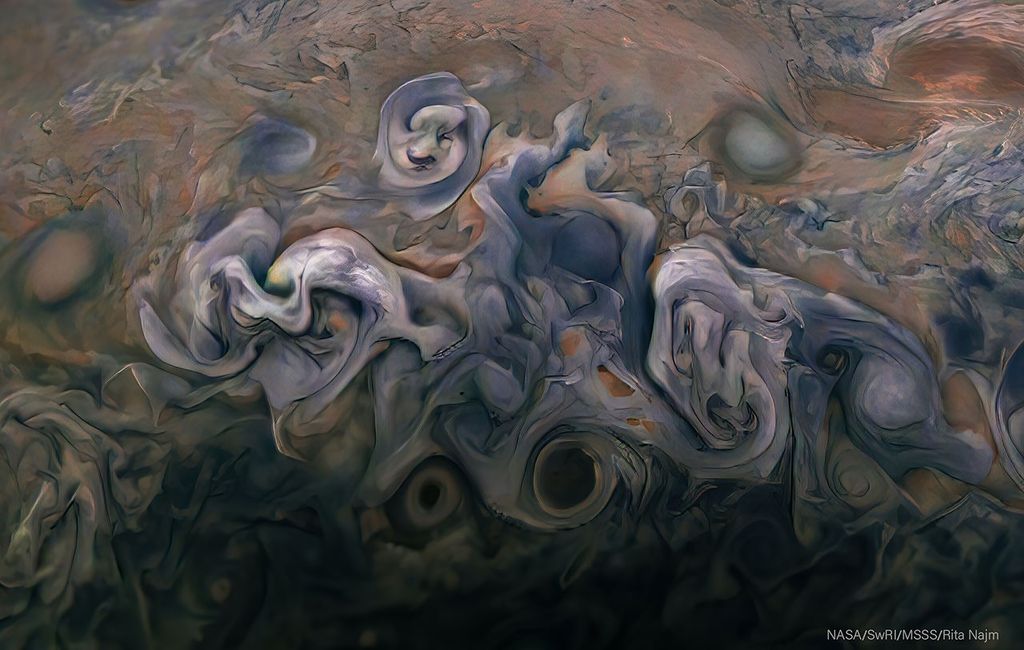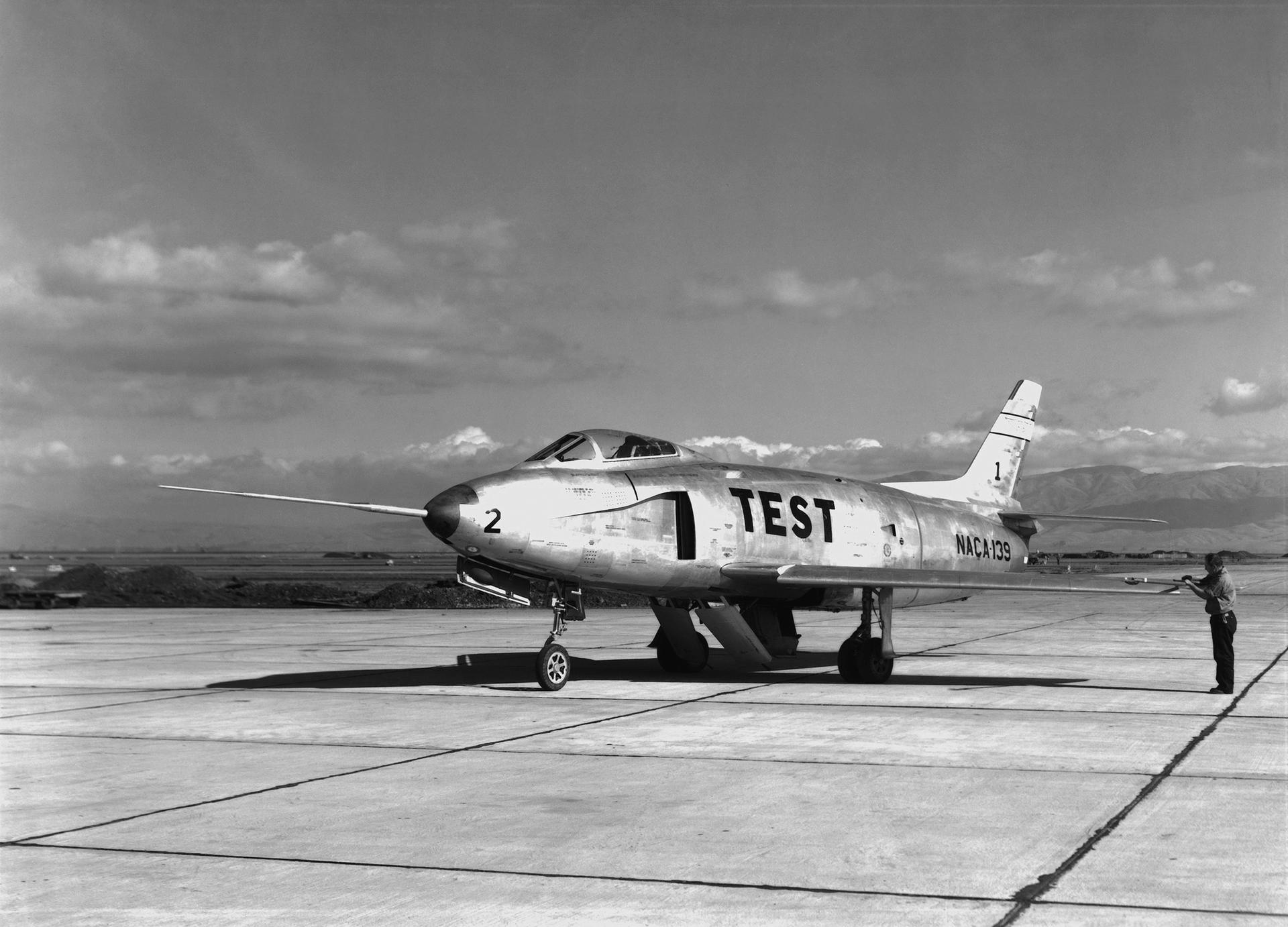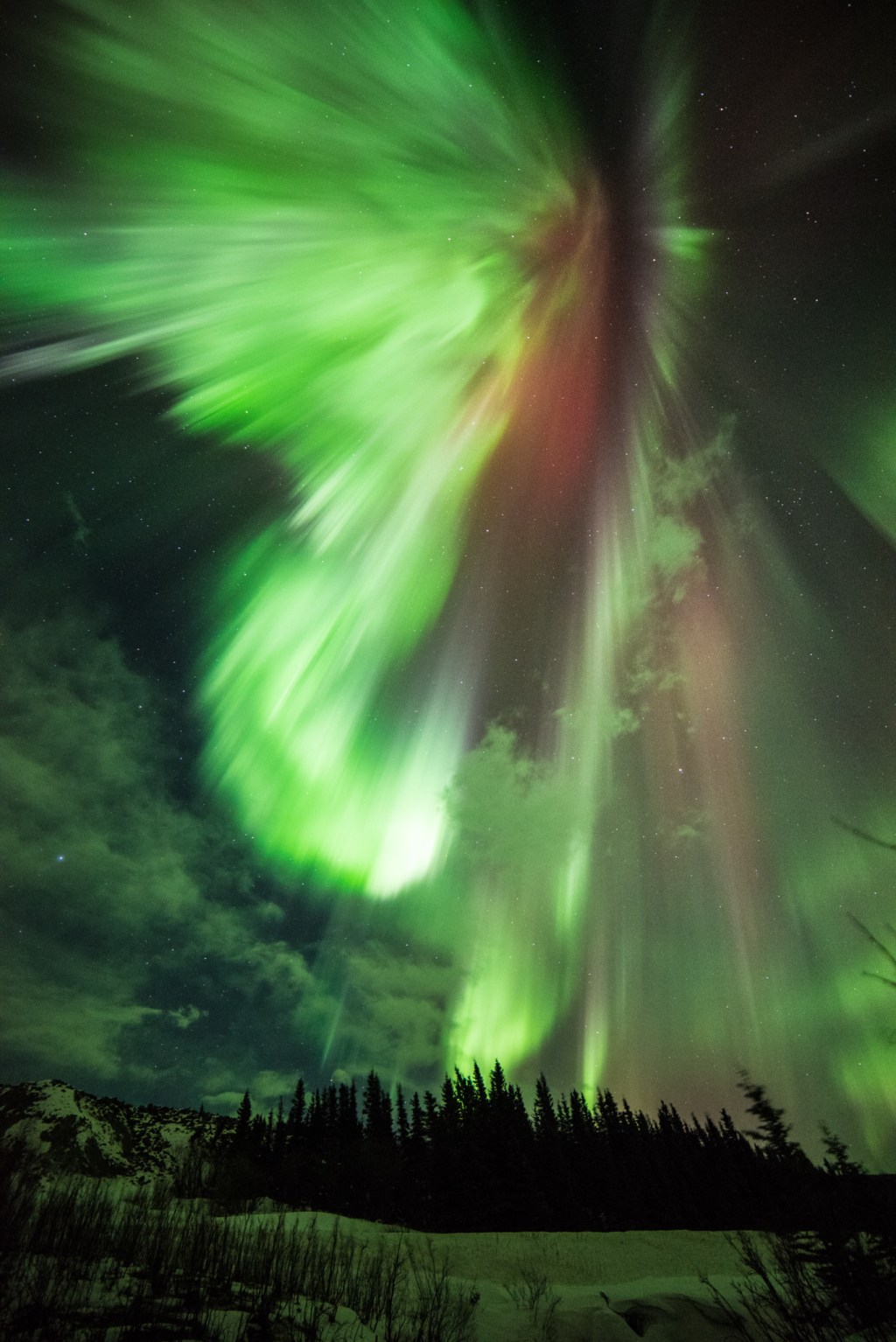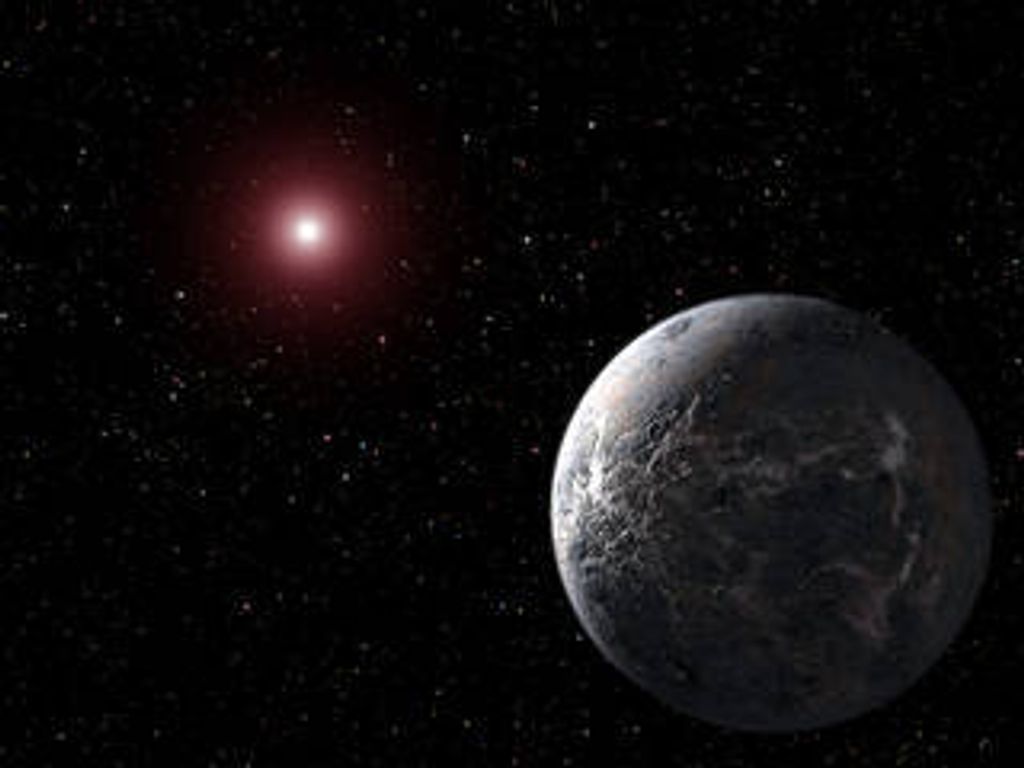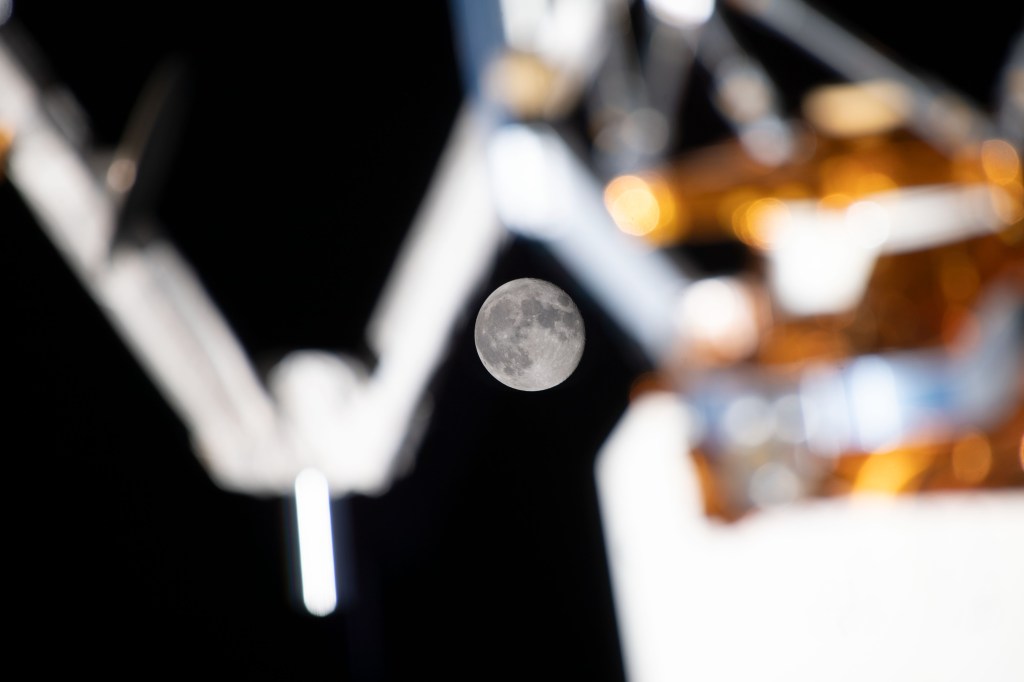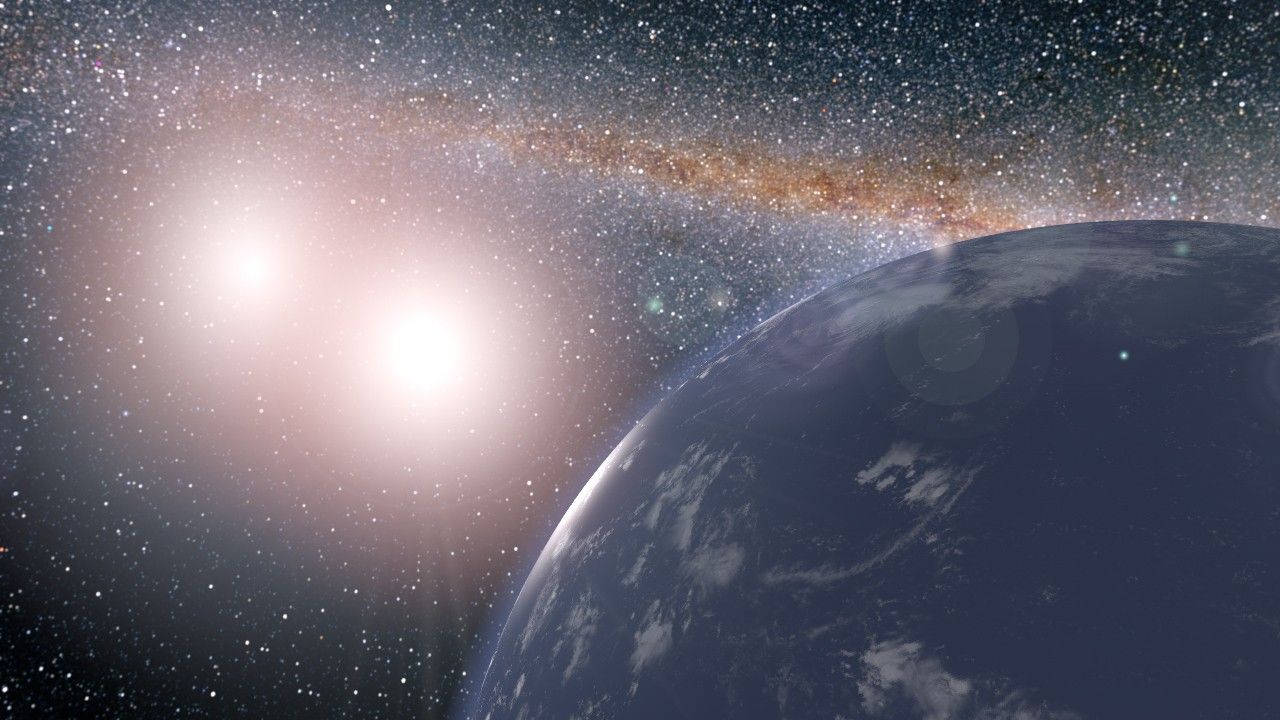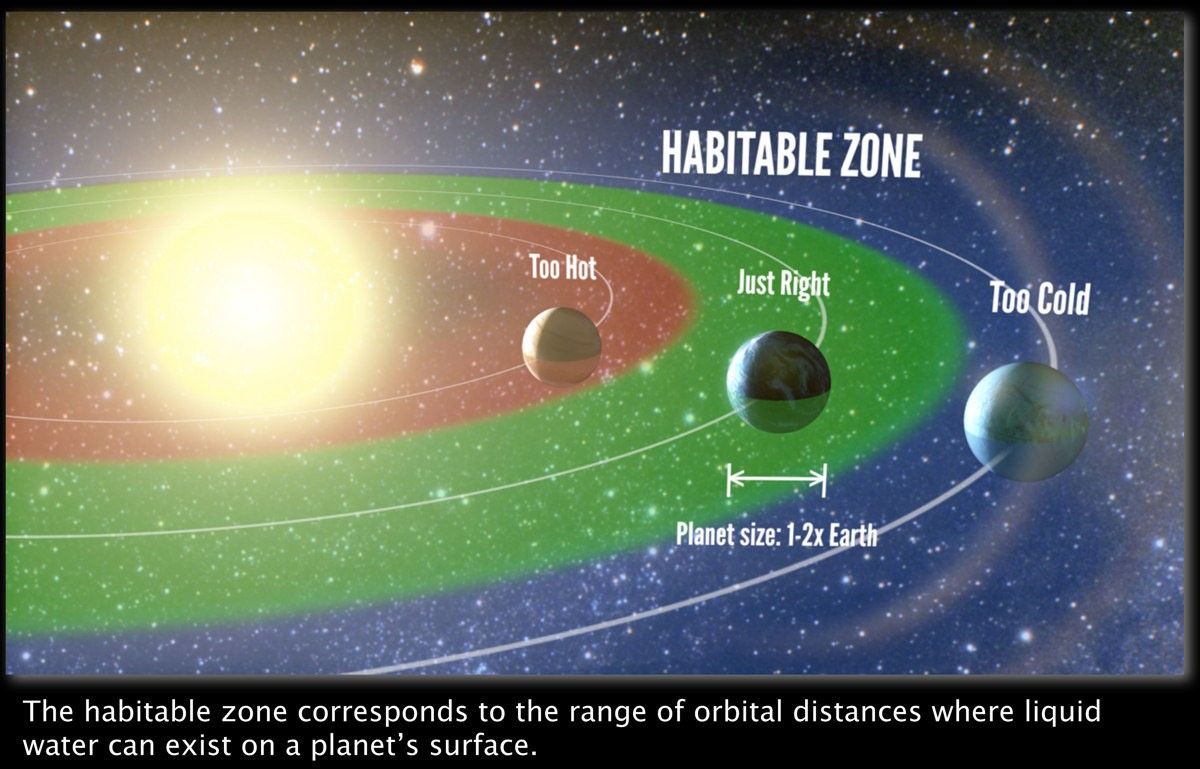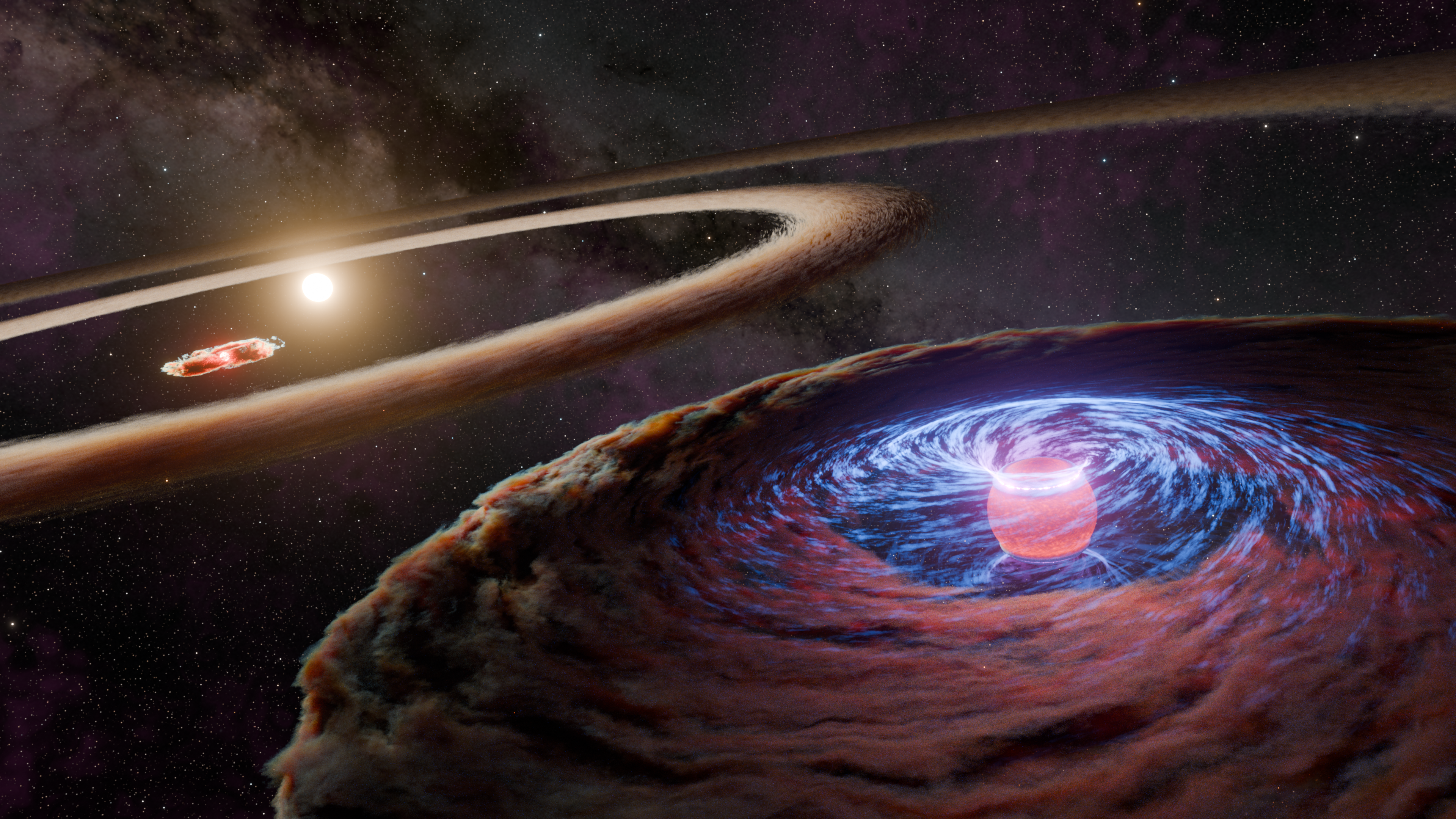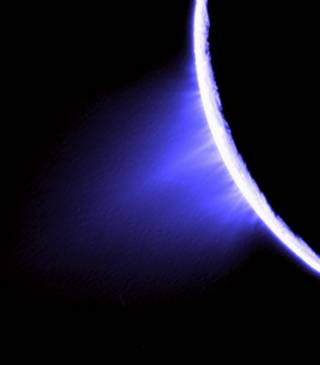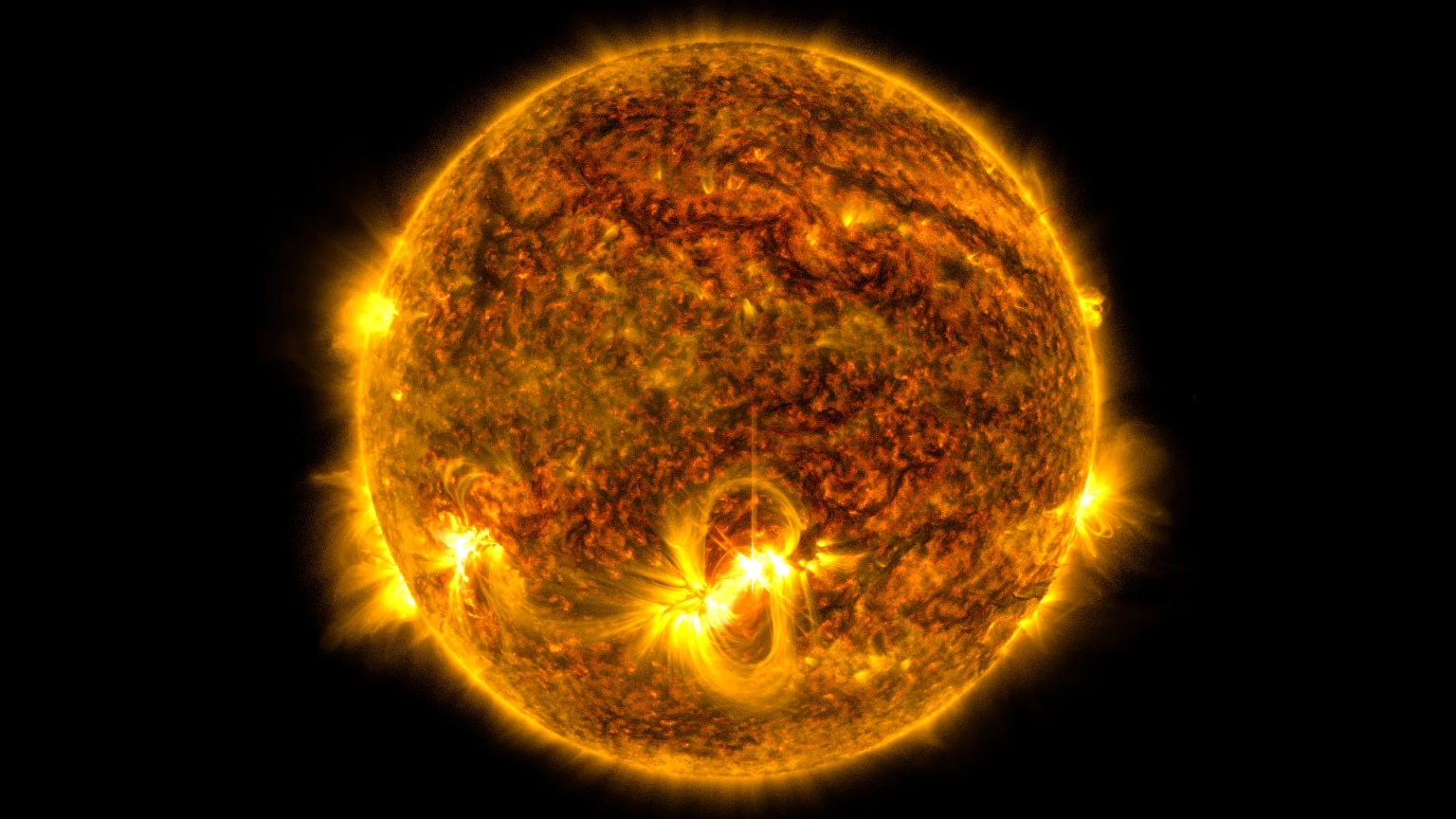With two suns in its sky, Luke Skywalker's home planet Tatooine in "Star Wars" looks like a parched, sandy desert world. In real life, thanks to observatories on the ground and in space, we know that two-star systems can indeed support planets, although many planets discovered so far around double-star systems are large and gaseous. Scientists wondered: If an Earth-size planet were orbiting two suns, could it support life?
This means that double-star systems of the type studied here are excellent candidates to host habitable planets.
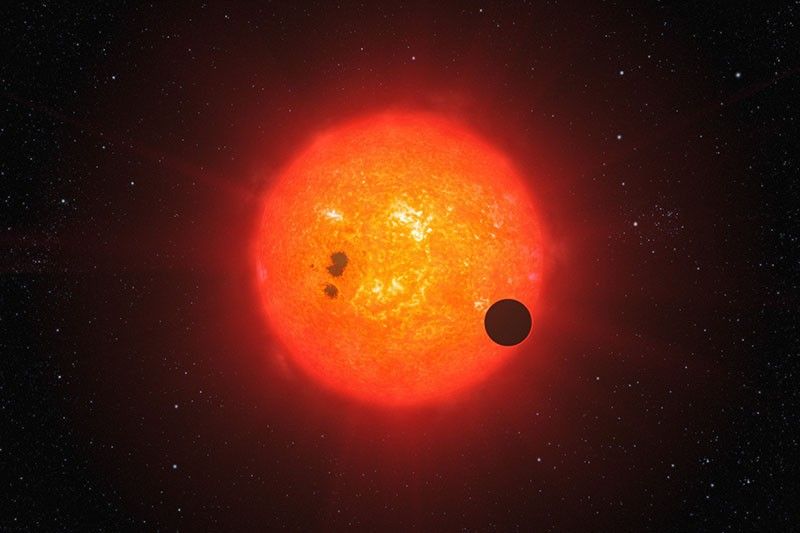
Max Popp
Princeton University
It turns out, such a planet could be quite hospitable if located at the right distance from its two stars, and wouldn't necessarily even have deserts. In a particular range of distances from two sun-like host stars, a planet covered in water would remain habitable and retain its water for a long time, according to a study in the journal Nature Communications.
"This means that double-star systems of the type studied here are excellent candidates to host habitable planets, despite the large variations in the amount of starlight hypothetical planets in such a system would receive," said Max Popp, associate research scholar at Princeton University in New Jersey, and the Max Planck Institute of Meteorology in Hamburg, Germany.
Read more: Are planets like those in Star Wars 'Rogue One' really out there?
Popp and Siegfried Eggl, a Caltech postdoctoral scholar at NASA's Jet Propulsion Laboratory, Pasadena, California, created a model for a planet in the Kepler-35 system. In reality, the stellar pair Kepler-35A and B host a planet called Kepler-35b, a giant planet about eight times the size of Earth, with an orbit of 131.5 Earth days. For their study, researchers neglected the gravitational influence of this planet and added a hypothetical water-covered, Earth-size planet around the Kepler-35 AB stars. They examined how this planet’s climate would behave as it orbited the host stars with periods between 341 and 380 days.

